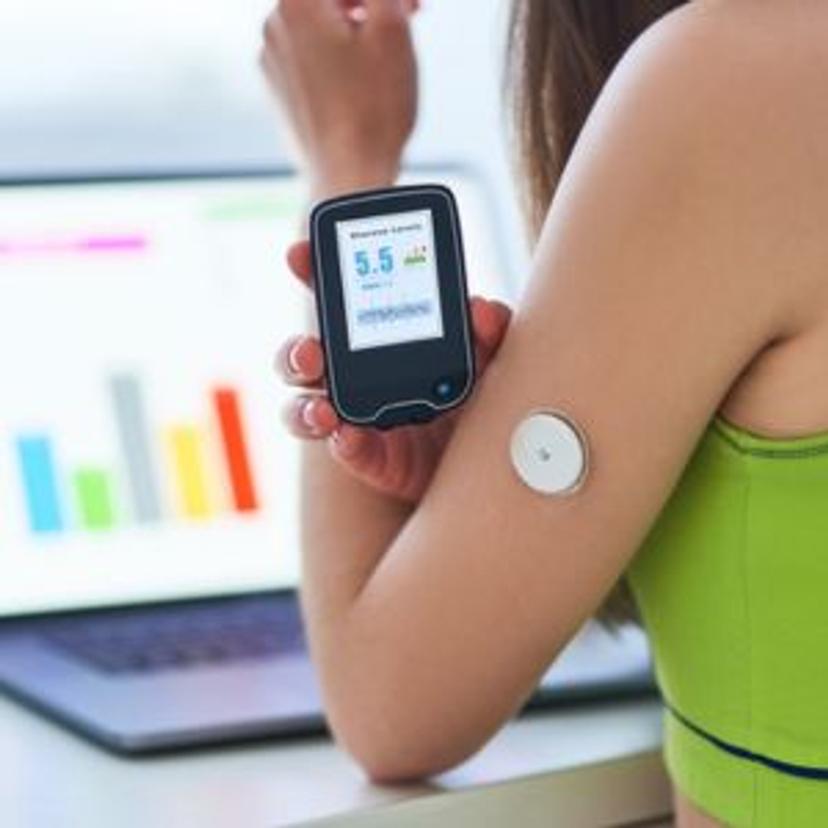Point of care diagnostics: Heroes of the future
Uncover the remarkable evolution of point-of-care diagnostics as we examine the significant breakthroughs achieved over the years and explore exciting future directions
12 Jun 2023

Over the past 25 years, point of care diagnostics has witnessed remarkable advances, bringing medical testing closer to the patients, and enabling quicker and more accurate diagnoses. From multiplexing technology to routine lab tests, the point of care sector has experienced a surge in innovation. Looking ahead, the future of point of care testing holds immense promise, with remote monitoring and wearable technologies poised to transform healthcare delivery. This article delves into the significant advances in point of care diagnostics, explores current testing capabilities, and envisions the exciting future of point of care testing.
Advances in point of care diagnostics:
Multiplexing: Revolutionizing point of care diagnostics
One of the key advancements in point of care diagnostics is the introduction of multiplexing technology. Traditionally, diagnostic tests were performed individually, requiring multiple samples and time-consuming processes. However, multiplexing enables simultaneous analysis of multiple biomarkers, allowing healthcare providers to obtain comprehensive information from a single sample. This not only saves time but also enhances diagnostic accuracy and improves patient outcomes by enabling early detection of diseases such as infectious diseases, cardiovascular conditions, and cancer.1
Expansion of routine laboratory tests
Routine laboratory tests have traditionally been conducted in centralized laboratories, leading to delays in obtaining results and hindering prompt medical interventions. However, point of care diagnostics have revolutionized this process by bringing routine lab tests closer to patients. Today, point of care devices can perform various routine tests, including blood chemistry panels, lipid profiles, and hematology analyses, providing real-time results at the patient's bedside or in a physician's office. This accessibility and promptness allows for immediate treatment decisions, reducing turnaround times, and improving patient care.
The future of point of care diagnostics:

Remote monitoring: Empowering patients
The future of point of care testing lies in remote monitoring, which empowers patients to actively participate in their healthcare journey. Remote monitoring involves the use of connected devices that collect patient data outside of traditional healthcare settings. These devices, such as wearable sensors and mobile health apps, allow continuous monitoring of vital signs, blood glucose levels, and other relevant health parameters. The data can be transmitted in real-time to healthcare providers, enabling timely interventions and personalized treatment plans. Remote monitoring has significant implications for chronic disease management, as it enables early detection of deteriorating health conditions and facilitates remote consultations. Patients with chronic conditions, such as diabetes, hypertension, or respiratory disorders, can benefit from regular monitoring without the need for frequent clinic visits. This not only enhances convenience but also reduces healthcare costs and improves patient outcomes.2
Wearable technology: Integrating point-of-care diagnostics into daily life
Wearable technology is poised to revolutionize point of care diagnostics by seamlessly integrating medical monitoring into daily life. From smartwatches and fitness trackers to biosensing patches, wearable devices are becoming increasingly sophisticated in their capabilities. These devices can continuously monitor vital signs, track physical activity, and even detect abnormalities in real-time. The integration of point of care diagnostics into wearable technology enables individuals to proactively manage their health. For example, individuals with heart conditions can monitor their electrocardiogram (ECG) readings on a smartwatch, allowing early detection of irregularities and timely medical intervention. Similarly, wearable devices can monitor sleep patterns, stress levels, and calorie expenditure, providing valuable insights for maintaining overall well-being.
Artificial intelligence and machine learning integration
The integration of artificial intelligence (AI) and machine learning (ML) algorithms into point of care diagnostics holds tremendous promise. AI and ML can analyze vast amounts of patient data and identify patterns that are beyond human capabilities, leading to more accurate diagnoses and treatment decisions. By leveraging AI and ML, point of care devices can continuously learn from real-time data, improving diagnostic accuracy and predicting patient outcomes. These intelligent systems will enhance healthcare professionals' decision-making and enable personalized interventions, ultimately improving patient care and reducing healthcare costs.3
Point-of-care genomics: Precision medicine at the bedside
Advancements in genomics have opened up new possibilities for point of care diagnostics. Point-of-care genomics aims to bring the power of genomic analysis to the bedside, enabling rapid and targeted genetic testing. point of care devices capable of analyzing genetic variations and identifying disease-associated mutations can aid in diagnosing genetic disorders, predicting treatment responses, and guiding personalized treatment plans. The integration of genomics into point of care diagnostics will usher in a new era of precision medicine, where treatments are tailored to individual patients based on their unique genetic makeup.4
Learn more about current and future advancements in point of care diagnostics:
Video: How point of care testing in the home is transforming healthcare
- Join Ken Kohut, a Mobile Integrated Health Program Specialist, as he explains how point of care testing in his patients’ homes enables better treatment decisions and reduces unnecessary hospital visits
- In this interview with Dr. Neil Polward, Group Head of Mobile at BBI Solutions, discover how a smartphone-based diagnostic platform is democratizing point-of-care testing away from the clinic into a home testing setting
Article: Why diagnostic labs are critical for the transition to value based healthcare
- In this exclusive interview, Gillian Hall of Roche Diagnostics shares why diagnostic labs play a critical role in driving a value-based approach to healthcare
Article: LAMP-based diagnostics: Rapid and truly portable molecular testing at the point-of-need
- Learn how researchers at Imperial College London developed a portable diagnostic platform for rapid and accurate 5-in-1 respiratory pathogen detection, revolutionizing pathogen identification
References
- Bodington, R., Kassianides, X. and Bhandari, S. (2021) ‘Point-of-care testing technologies for the home in chronic kidney disease: A narrative review’, Clinical Kidney Journal, 14(11), pp. 2316–2331. doi:10.1093/ckj/sfab080.
- Dincer, C. et al. (2017) ‘Multiplexed Point-of-care testing – xpoct’, Trends in Biotechnology, 35(8), pp. 728–742. doi:10.1016/j.tibtech.2017.03.013.
- Khan, A.I., Khan, M. and Khan, R. (2023) ‘Artificial Intelligence in point-of-care testing’, Annals of Laboratory Medicine, 43(5), pp. 401–407. doi:10.3343/alm.2023.43.5.401.
- McDermott, J.H. et al. (2021) ‘The rise of point-of-care genetics: How the SARS-COV-2 pandemic will accelerate adoption of genetic testing in the acute setting’, European Journal of Human Genetics, 29(6), pp. 891–893. doi:10.1038/s41431-021-00816-x.
